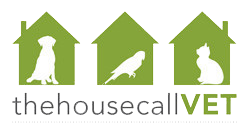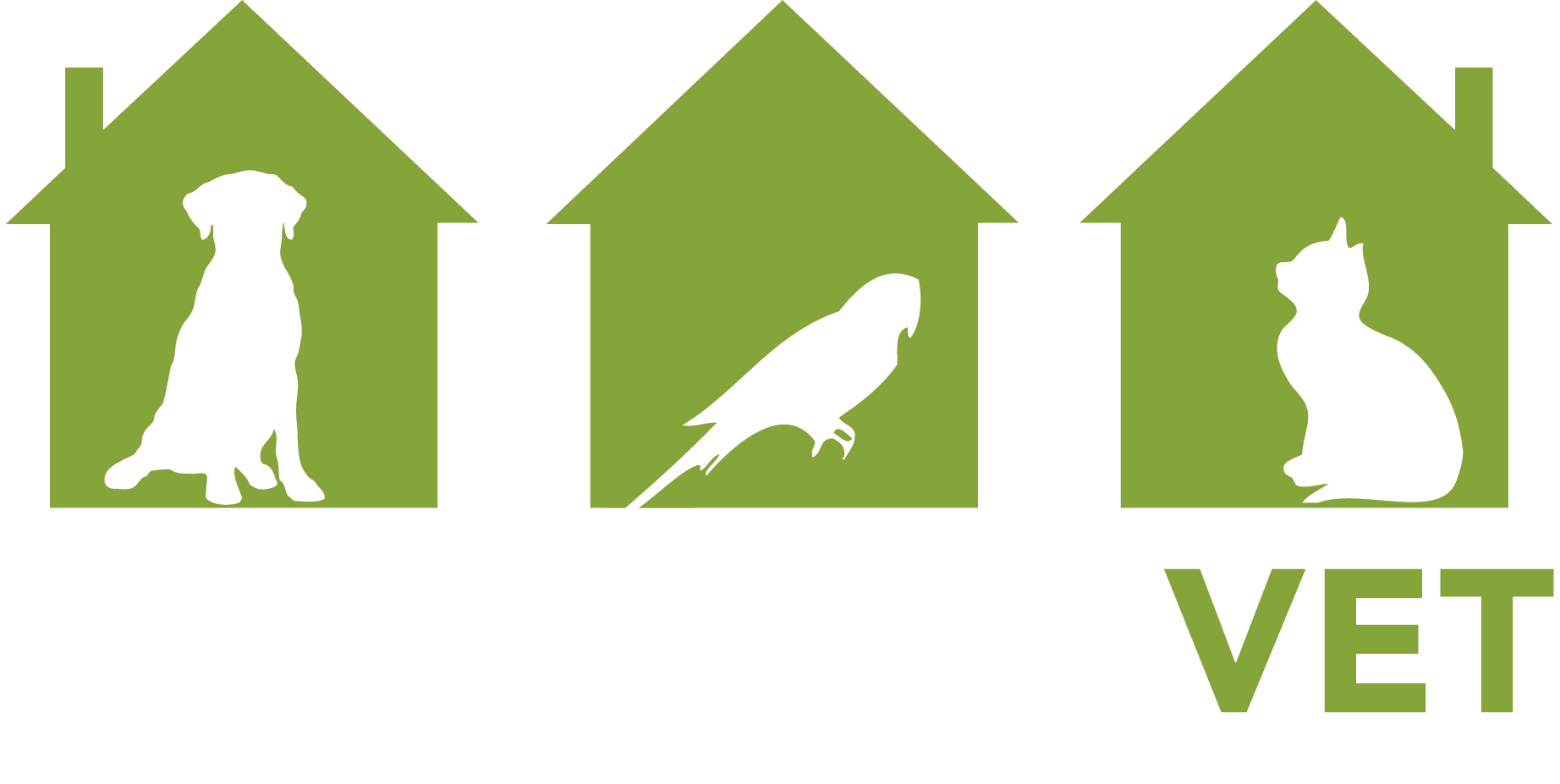Welcoming a furry friend into your home is a joyous occasion, marked by wagging tails, playful paws, and boundless love. Whether you’re a seasoned pet owner or a first-time adopter, one thing remains constant (and important!) ; the safety and well-being of your beloved companion.
Creating a safe and secure environment for your pet is not just about meeting their basic needs; it’s about ensuring that they can explore, play, and live in your home without harm. From curious kittens to lively pupa, each pet has their unique characteristics and potential challenges they might pose to themselves and your home.
In this post, we discuss what you need to know about potential hazards and some actionable tips and insights to pet-proofing your home. From the kitchen to the backyard we’ve got you covered.
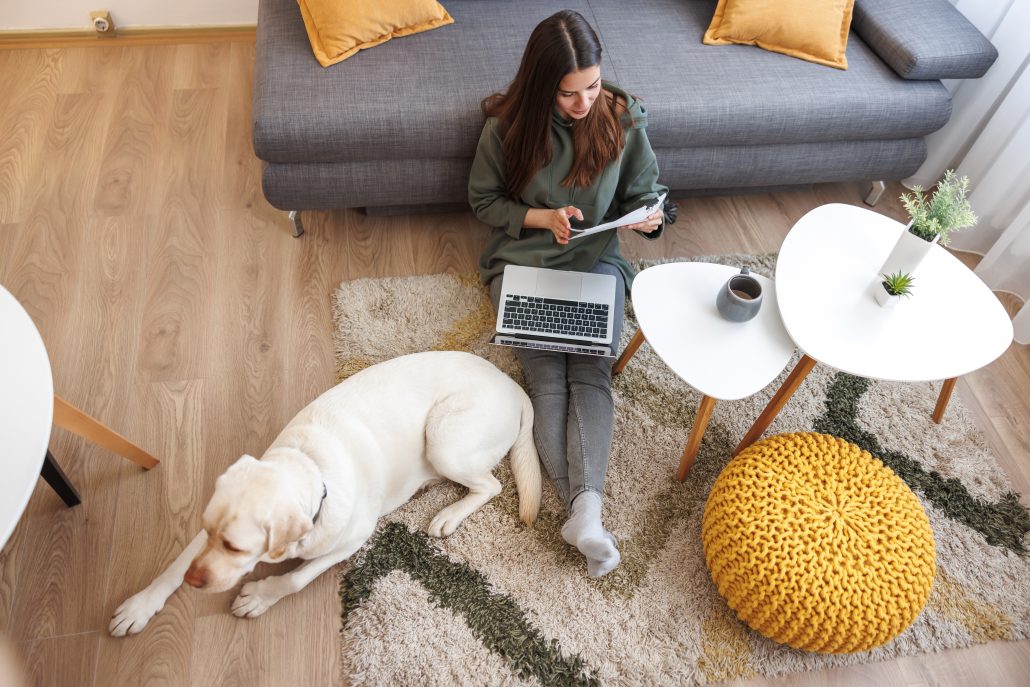
Why Is It Important To Create A Pet-Friendly Home?
For many of us, our pets spend the majority of their time indoors. That is why it is so important to create a space that caters to both their physical and emotional needs.
- Safety: Pets are naturally curious and can get into all sorts of trouble if your home is not pet-proofed. Ensuring that your home is free from hazards such as toxic plants, exposed wires, and harmful chemicals can prevent accidents and keep your pet safe.
- Comfort: A pet-friendly home provides your furry friend with a comfortable living space. It includes features such as cozy bedding, temperature control, and ample space for them to move around freely. Creating a comfortable environment helps reduce stress and anxiety in your pet.
- Health: A pet-friendly home promotes good health for your pet. By choosing pet-friendly materials, such as non-toxic flooring and furniture, you can minimize the risk of allergies and respiratory problems. Regular cleaning and maintenance also contribute to a healthy living environment for both you and your pet.
Common Household Dangers for Pets
Before delving into the specifics of pet-proofing your home, it is important to be aware of the common household dangers that can be harmful to your pet. Some of the most common hazards include toxic plants, certain foods, cleaning products, medicines, electrical cords, and small objects that can be choking hazards.
To ensure the safety and well-being of your companion, it is crucial to familiarize yourself with these dangers and take the necessary steps to eliminate or secure them within your home. By being proactive and vigilant, you can create a safe environment for your pet to thrive!
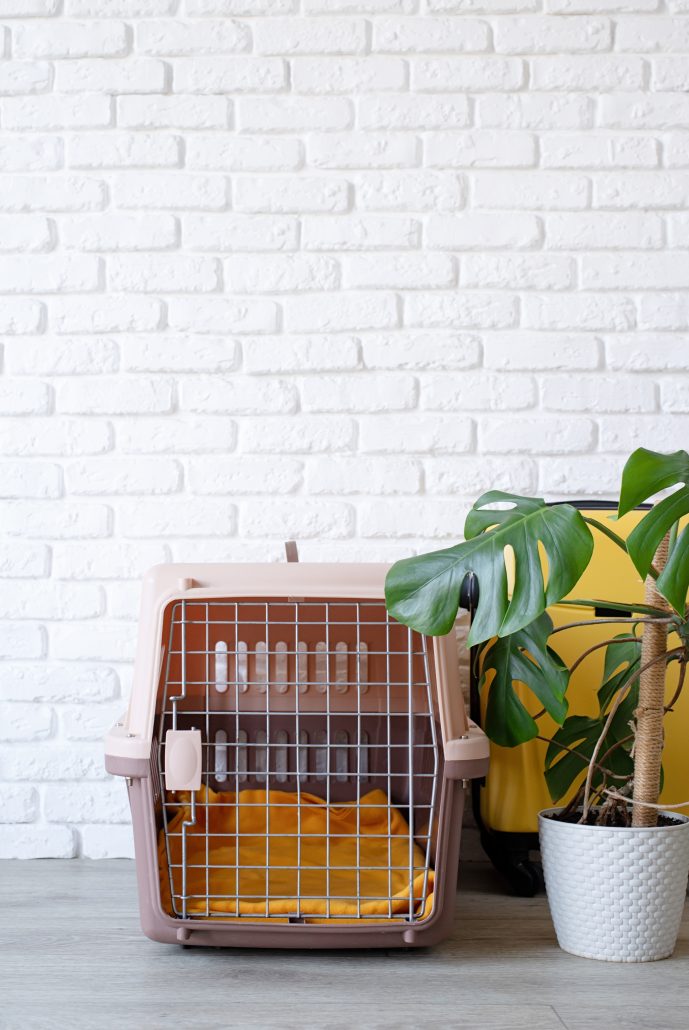
Essential Tips & Trick To Pet-Proof Your Home
To ensure their safety, happiness, and your peace of mind, pet-proofing is a must. Whether you have a playful pup, a curious cat, or any other furry friend, these are some essential tips and tricks to pet-proofing your home
Securing Indoor Spaces
- Pet-Friendly Furniture and Decor: Opt for pet-friendly furniture and decor that is durable and easy to clean. Avoid delicate fabrics that can be easily damaged by your pet’s claws or teeth. Additionally, choose non-toxic and pet-safe materials for furniture and avoid items with small parts that can be chewed or swallowed.
- Safe Flooring Options: Select flooring options that are pet-friendly, such as hardwood, laminate, or tile. It is typically recommended to avoid carpets as they can trap pet hair and harbour allergens. However, If you prefer carpet, be sure to have them regularly cleaned.
- Toxic Plants: Having indoor plants can add beauty and freshness to your home. However, it is important to choose plants that are safe for your pets. As there are several toxic plants that can be harmful to your pet if ingested. It is best to keep them out of reach or opt for pet-safe alternatives such as spider plants or Ferns.
- Keeping Medications and Chemicals Out of Reach: Even seemingly harmless items like over-the-counter medications can be dangerous if ingested by your pet. Additionally, secure household items such as cleaning products, chemicals, and medications in cabinets or high shelves to prevent accidental ingestion.
Kitchen Safety for Pets
- Storing Food and Trash Securely: Be sure to keep food and trash securely stored in pet-proof containers or cabinets. Many human foods can be toxic to pets, so it’s essential to prevent them from accessing these items. Additionally, ensure that your pet cannot reach the trash, as it may contain harmful substances or objects that can pose a choking hazard.
- Pet-Friendly Feeding Stations: Designate a specific area for your pet’s food and water bowls. This helps establish a routine and prevents your pet from scavenging for food elsewhere in the house. Choose bowls and feeding stations that are easy to clean and made of non-toxic materials.
- Preventing Accidental Burns: Keep your pet away from hot stovetops and ovens to prevent accidental burns. Use stove knob covers to prevent your pet from accidentally turning on burners. Also, be cautious with hot liquids and ensure they are out of reach as well.
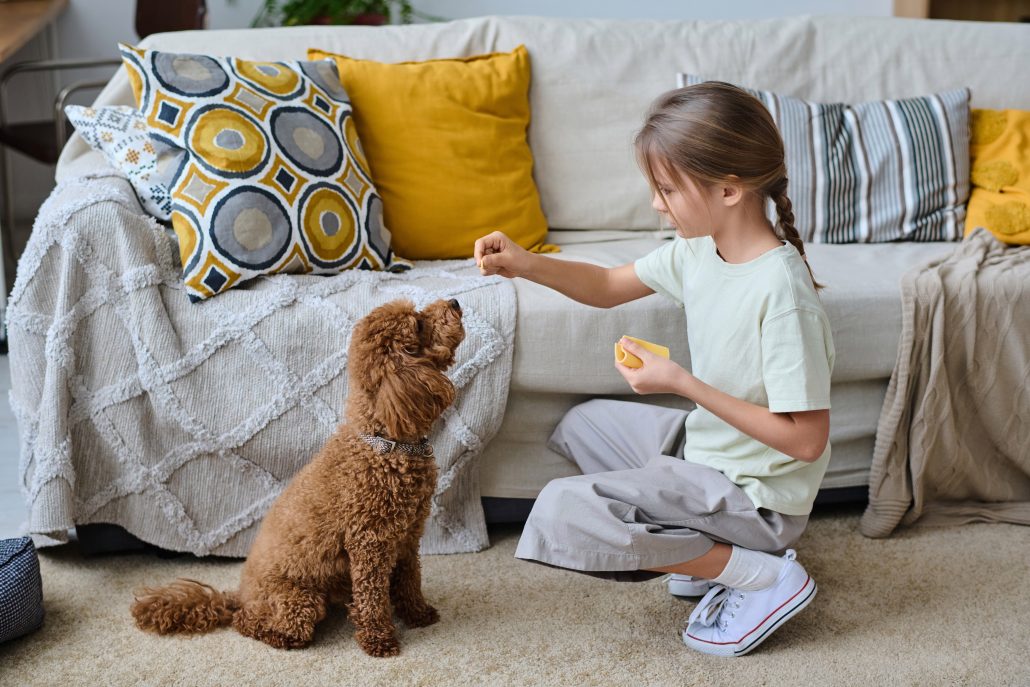
Creating a Pet-Safe Living Room
- Electrical Cord Management: When pet-proofing your living room, it is important to secure electrical cords and wires out of your pet’s reach. By bundling cords together and using cord covers or cord concealers you can prevent your pet from chewing on them. This not only protects your pet from electric shocks but also prevents damage to your electronic devices.
- Hazardous Decor Items: Be mindful of hazardous decor items such as candles, fragile ornaments, and small decorative objects that can be easily knocked over or ingested. Opt for pet-safe alternatives or place them in areas that are inaccessible to your pet.
Bedrooms and Pet-Proofing
- Safe Sleeping Arrangements: Create a safe sleeping environment for your pet by providing a comfortable bed or designated sleeping area. Avoid leaving small objects or items that can be swallowed near your pet’s sleeping area. Additionally, keep the bedroom door closed to prevent access to potentially hazardous areas.
- Protecting Bedding and Mattresses: Use pet-friendly mattress protectors and covers to safeguard your bedding and mattress from accidents, shedding, and stains. This makes cleaning up after your pet easier and prolongs the life of your mattress.
- Avoiding Choking Hazards: Regularly inspect your bedroom for small objects or items that can pose a choking hazard to your pet. Be mindful of jewellery, hair accessories, and other small items that can be easily swallowed.
Outdoor Safety Precautions
- Fencing and Enclosures: Ensure that your outdoor space is properly fenced and secure to prevent your pet from wandering off or encountering potential dangers. Regularly inspecting the fence for any gaps or damages ensures you can address these issues promptly and reduce the risk of accident and injury,
- Pet-Friendly Landscaping: Choose pet-friendly plants and landscaping options for your outdoor space. Much like indoor houseplants, avoid plants that are toxic to pets and be cautious with mulch, pesticides, and fertilisers, as they can be harmful if ingested.
- Pool and Water Safety for Pets: If you have a pool or water feature, it is important to take precautions even if they are skilled in the water. While some pets are natural swimmers, accidents can happen, and exhaustion may set in. By installing a pool fence or cover, never leaving your pet unattended near water and teaching your pet how to safely enter and exit the pool ensures they remain safe both in and around the water.
- Securing Trash and Compost: Keep trash and compost securely sealed to prevent your pet from accessing potentially harmful substances or objects. Dispose of hazardous materials properly and avoid throwing away bones or food scraps that can be a choking hazard.
Read More: How To Make Your Yard Dog Friendly
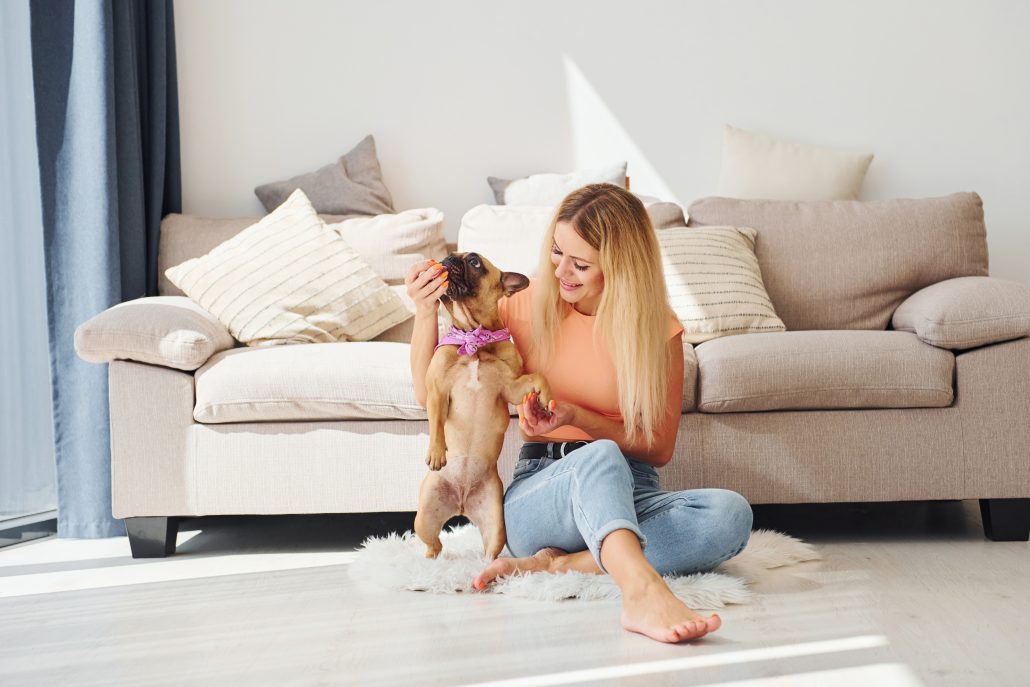
Being Prepared For An Emergency & When To See The Vet
As responsible pet owners, we do our best to provide a safe and loving environment for our furry companions. However, despite our best efforts, accidents can still happen. That is why it’s crucial to be well-prepared for emergencies and understand when it’s time to seek professional veterinary care for your pet.
- Pet First Aid Kit: One of the first steps in emergency preparedness is having a pet first aid kit readily available. This kit should include essential items like bandages, antiseptic wipes, a pet thermometer, and other supplies recommended by your veterinarian. Having these items on hand can make a significant difference in providing immediate care during an unexpected situation.
- Understanding Common Pet Emergencies: Familiarise yourself with common pet emergencies. These may include injuries, choking, poisoning, seizures, or heatstroke. Understanding how to recognise and respond to these situations can be life-saving for your pet.
- Observe Unusual Behaviours: Pets can’t verbally communicate when something is wrong, so it’s essential to be attentive to their behaviour. If you notice any unusual behaviours or symptoms in your pet, don’t hesitate to consult with your veterinarian. Rapid changes in eating habits, energy levels, or signs of distress should never be ignored.
- Seek Professional Guidance: In some cases, even seemingly minor issues may require professional attention. Trust your instincts as a pet owner! If you have concerns about your pet’s health, consulting with a veterinarian is the best course of action. Early detection and treatment can often prevent a minor issue from becoming a major problem.
Read More: Secrets To A Stress Free Vet Visit
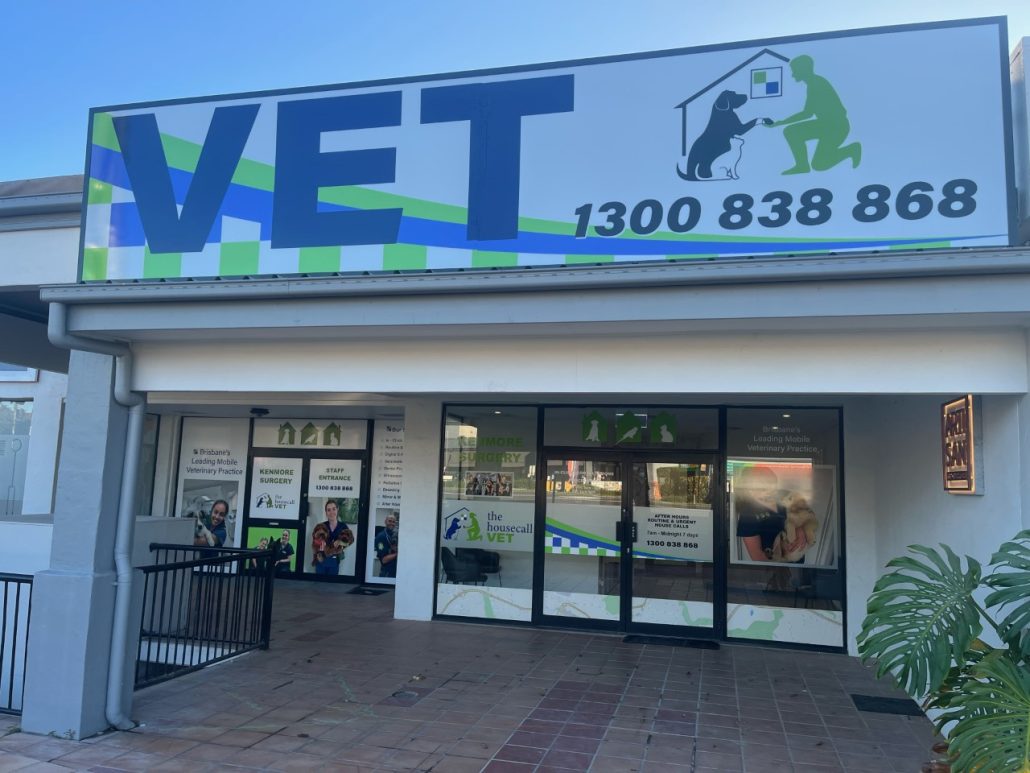
Create Safe Haven for Your Furry Friend
Creating a pet-friendly home is a labour of love that ensures the safety and well-being of your beloved pet. By implementing the tips and tricks outlined in this guide, you can provide your pet with a safe and comfortable environment that allows them to thrive.
At The House Call Vet, we share your dedication to your pet’s health and happiness. Our team of experienced veterinarians is here to support you every step of the way. Whether it’s regular check-ups, vaccinations, or urgent medical care, we’re just a call away to ensure your pet receives the best care possible. Get in touch to learn more today!
